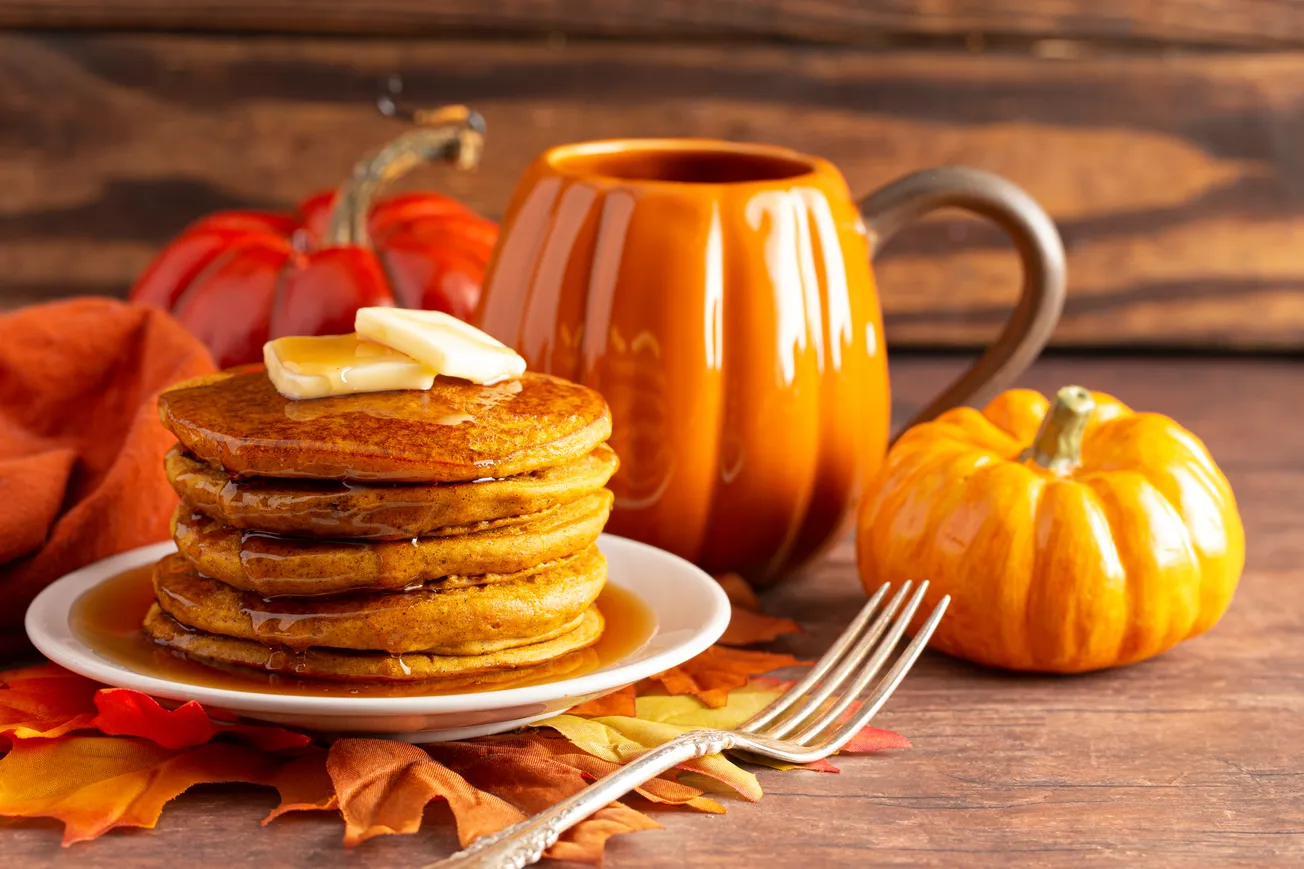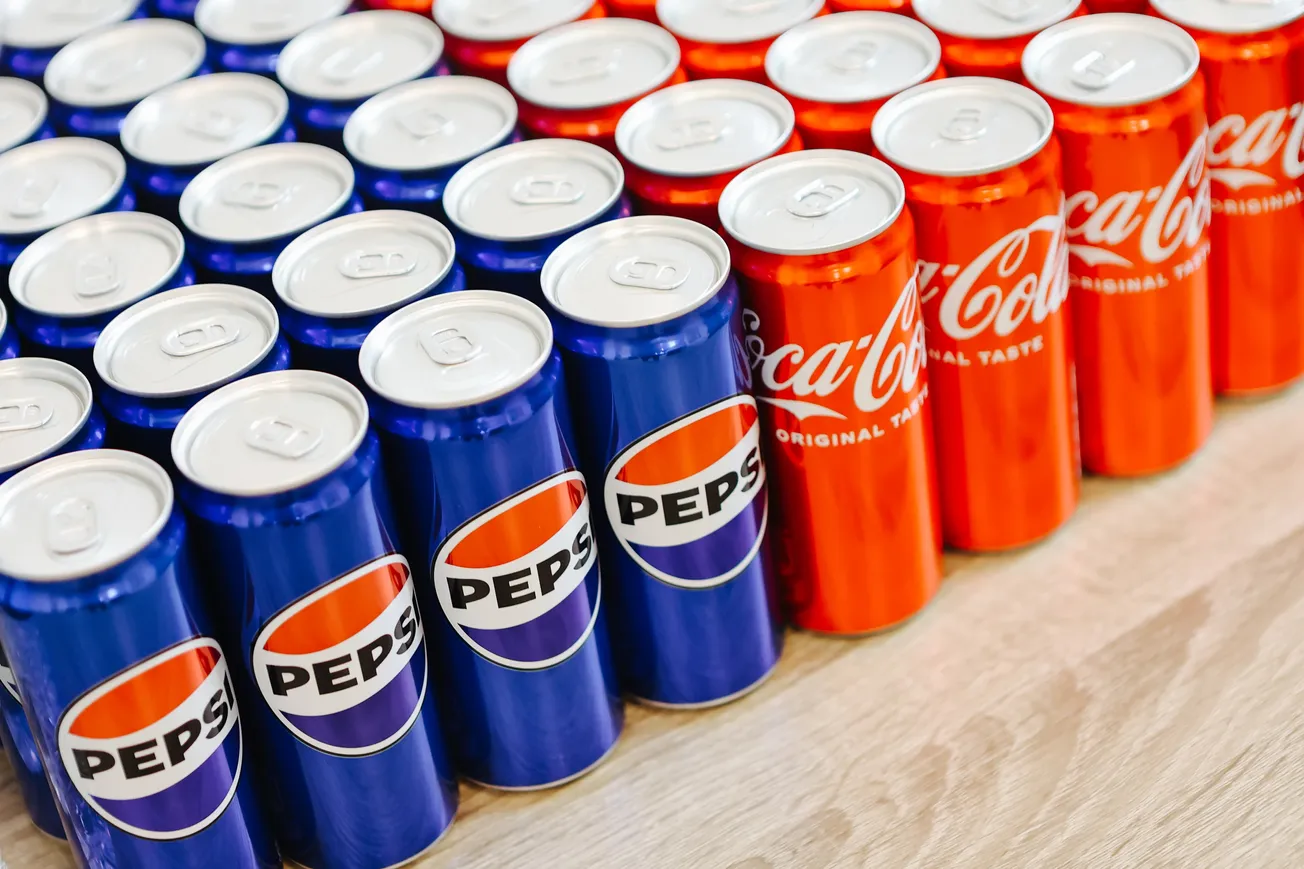Pumpkin spice, anyone?
Initially popularized by Starbucks' Pumpkin Spice Latte in 2003, pumpkin spice has since expanded into a vast array of products, from coffee and baked goods to cereals, creamers, and even protein bars.
Grocery Doppio’s recent report underscores the continued growth of pumpkin-flavored items, highlighting how 86% of consumers associate the flavor with seasonal traditions, while 71% enjoy the limited-time availability that fosters a sense of urgency in their purchase decisions.
The pumpkin-flavored product market has evolved from a seasonal novelty into a key revenue generator for brands. Data from MarketWatch and Grocery Doppio shows that seasonal products can contribute significantly to a brand’s annual revenue, with 79% of consumers purchasing at least one pumpkin-flavored item each year.
Starbucks, which reportedly sold over 200 million PSLs within its first decade, remains a leader, releasing pumpkin-themed items earlier each year to capitalize on consumer anticipation. Dunkin’ and Krispy Kreme have joined in, offering expanded fall menus that include pumpkin donuts, muffins, and even pumpkin-flavored beverages to diversify their offerings and draw in consumers looking for seasonal treats.
The popularity of pumpkin spice has permeated nearly every food category, creating opportunities for brands to reach new consumers.
Grocery brands like Chobani and Philadelphia Cream Cheese have introduced pumpkin-spiced yogurt and cream cheese, appealing to consumers seeking convenient, pumpkin-flavored options they can enjoy daily.
Additionally, snack brands such as Goldfish collaborated with Dunkin’ to release limited-edition Pumpkin Spice Grahams, a unique pairing that combines the iconic snack with the seasonal flavor profile.
These innovations allow brands to capture a wider demographic, reaching consumers beyond the coffee and dessert segments. For example, the healthy snacking brand GoodPop offers a pumpkin spice latte-flavored pop made with oat milk, appealing to health-conscious consumers and vegan markets who might otherwise skip dairy-based products. With new categories and creative flavors, the pumpkin spice market has demonstrated a remarkable ability to adapt and evolve each year.
Retailers leverage in-store strategies, such as high-visibility displays and product placements near store entrances, to encourage impulse purchases of pumpkin-flavored items. These tactics are bolstered by seasonal aisles that highlight limited-time products and seasonal decor, capturing the attention of shoppers as they enter.
According to Grocery Doppio, products placed strategically in-store can significantly drive impulse purchases and increase average basket sizes during the fall season.
Online marketing and social media play a significant role in the visibility of these products as well. Brands and retailers use digital platforms to create buzz, employing hashtags like #PumpkinSpice and user-generated content to engage customers and promote new product launches. Starbucks, for instance, uses social media not only to announce the return of the PSL but to build an entire campaign around it, with user-generated content and influencer partnerships driving further engagement. This multi-channel marketing strategy ensures pumpkin-flavored products are always visible to consumers, both in stores and on their feeds.
The psychological appeal of pumpkin spice is rooted in its association with autumn, warmth, and comfort, all of which foster positive emotions that enhance brand loyalty. Research on consumer psychology has found that flavors associated with particular seasons can evoke nostalgic feelings that enhance consumers’ enjoyment and willingness to spend. Pumpkin spice, in particular, combines spices like cinnamon, nutmeg, and clove, which research shows are comforting and may even evoke memories of home and family.
The “fear of missing out” effect also plays a role, as limited-time offers create urgency. According to Grocery Doppio’s report, 57% of shoppers cite limited availability as a reason they purchase pumpkin products. This exclusivity enhances the allure of pumpkin spice items, making consumers more likely to stock up or try new products during the fall.
Consumer motivations for buying pumpkin-flavored products are diverse. While 86% buy these products as a seasonal tradition, others are drawn by the novelty or nostalgia associated with fall flavors. Many younger consumers, particularly Millennials and Gen Z, are especially interested in seasonal trends and are more likely to engage with limited-time products, creating a strong target market for retailers to explore.
For Gen Z, social media influences purchasing decisions, and brands like Starbucks and Dunkin’ have leveraged this by encouraging customers to share their pumpkin-themed purchases on platforms like Instagram and TikTok. This approach not only promotes engagement but encourages new consumers to try products based on social recommendations and trending posts.
While pumpkin-flavored products are popular, there are challenges and criticisms associated with their proliferation.
Consumer fatigue is a concern, as more brands introduce pumpkin flavors each year, potentially saturating the market.
The pumpkin spice trend is primarily a North American phenomenon, and its expansion globally has been met with mixed results.
For instance, while Starbucks has introduced PSLs in several international markets, they have tailored these offerings to fit local tastes. In Japan, Starbucks offers unique seasonal flavors like chestnut and sweet potato lattes, which resonate more with local consumers. This cultural adaptation illustrates that while pumpkin spice is a strong seasonal product in North America, other markets require different approaches.
As consumer interest in seasonal flavors continues, brands are finding innovative ways to expand the pumpkin flavor profile beyond the traditional fall months.
Health-conscious alternatives are a major area of growth, with brands like Siggi's offering pumpkin-flavored Icelandic skyr, a protein-rich yogurt that appeals to health-focused consumers looking for lower-sugar options. Other brands may explore sustainable or plant-based ingredients, such as oat or almond milk, to align with growing dietary preferences and expand their pumpkin product line.
Some companies are also experimenting with unique flavor combinations, such as adding chocolate or vanilla to traditional pumpkin spice profiles. Brands like Smoothie King are incorporating pumpkin into protein smoothies, which appeal to fitness enthusiasts and add a new dimension to the flavor’s versatility. Expanding these offerings can extend the lifespan of pumpkin products beyond fall and allow brands to keep consumers engaged year-round.
Pumpkin-flavored products have transcended novelty status to become a significant part of the seasonal retail landscape. By continually innovating and expanding the range of pumpkin-flavored offerings, brands have managed to sustain consumer interest while driving seasonal sales.








